
....and click/tap it again to close.
There are approximately 400,000 metric tons of spent nuclear fuel at hundreds of sites around the world. Several countries are proceeding steadily through research, licensing, and outreach to prepare for the construction and eventual operation of deep geological repositories (DGRs) for the permanent disposal of their spent nuclear fuel and high level waste.
Explore below to learn where spent nuclear fuel is currently located, how geological repositories are already being used for the disposal of low level nuclear waste, and how they are being developed for spent fuel disposal.

....and click/tap it again to close.
Nuclear material has been used by the U.S. and Russia/USSR to power satellites in space since the 1960s. Around 1 ton of nuclear material is still in orbit.


Nuclear material is used to produce heat and electricity on satellites and other space craft. Around one ton of material is in orbit where it used in heaters, electrical generators, and nuclear reactors on satellites and poses challenges for future management. At an orbital velocity of 29,000 km/h (18,000 mph), debris can collide and fragment into tiny pieces, widely dispersing the material.
In the 1970s there were proposals for space-based disposal of radioactive waste materials using a variety of methods including launching it into high Earth orbit or to the moon, or even sending material into the Sun. For cost, technology, and safety concerns, these proposals were scrapped.





Currently, there are over 400,000 metric tons of spent nuclear fuel (SNF) in storage at ground level in spent fuel pools or dry storage casks. This inventory increases by around 11,300 metric tons annually but is poised to increase even more in the near term as many reactors are scheduled to shut down before 2030. As inventories grow, capacity becomes insufficient, so a longer-term spent fuel management plan is needed.
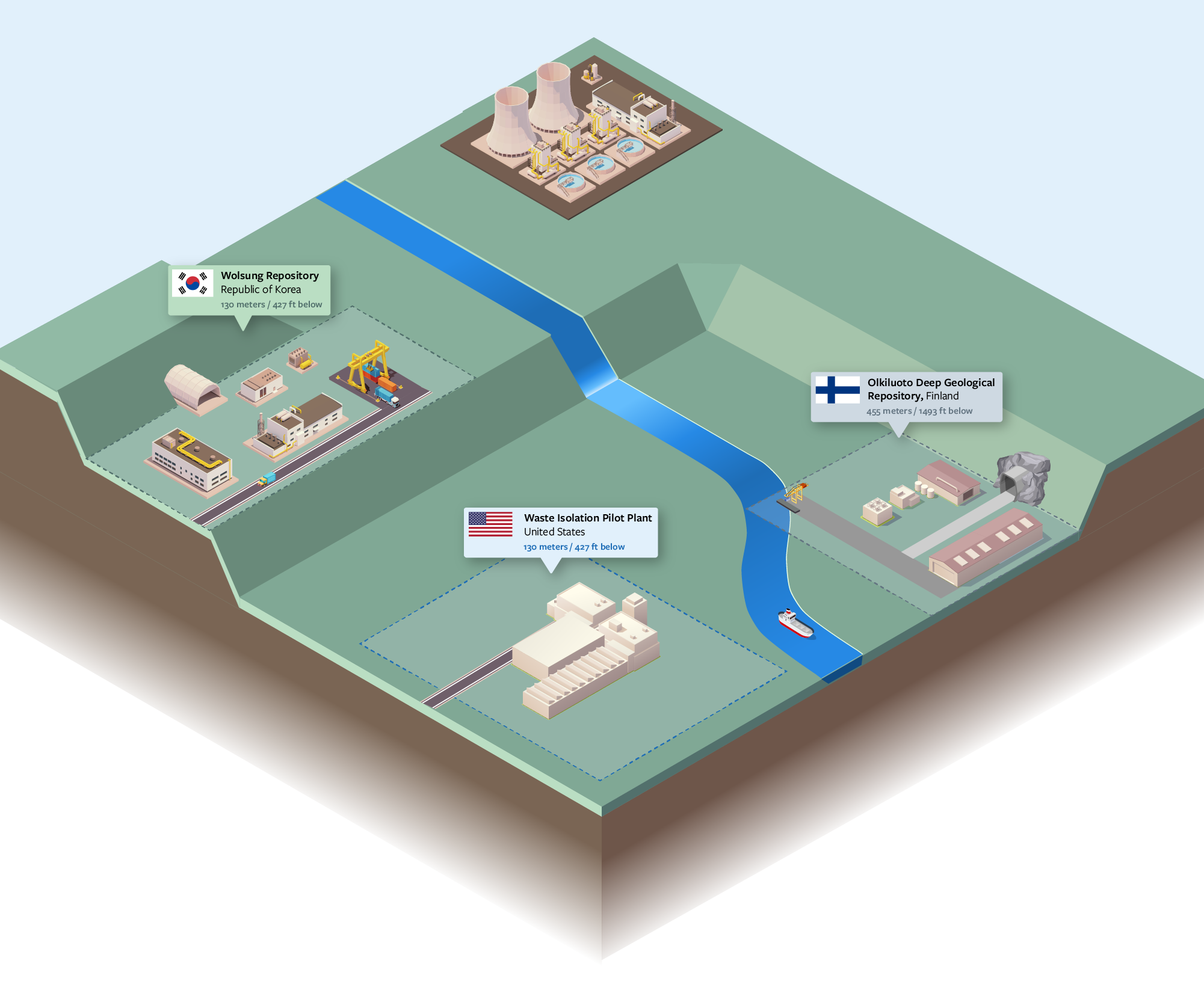
Ground level storage at nuclear power plants.
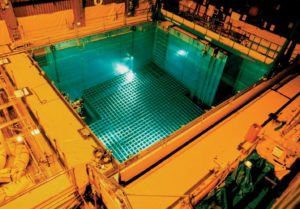
As of January 2021, there are 443 operational nuclear power reactors in 35 countries and 220 research reactors operating across 53 countries. The global SNF inventory has surpassed 400,000 metric tons of heavy metal (tHM) as of 2019.
Sea Transport
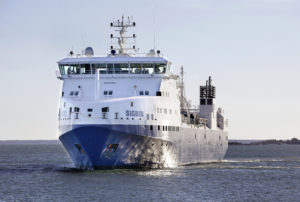
In Sweden, the ship M/S Sigrid is specifically designed and equipped for transporting spent fuel from Sweden’s nuclear plants by sea to the interim SNF storage facility, Clab. In the future, Sigrid will also transport fuel to the deep geological repository from the planned fuel encapsulation plant. Sigrid launched in late 2013 and can hold 12 transport casks or 40 freight containers.
Road Transport
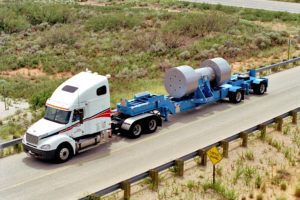
Countries that store spent nuclear fuel away from nuclear power plants often transport the SNF by truck in specially designed and constructed shipping containers. Transport only takes place after an underwater cooling period for the fuel, ensuring that it can be adequately shielded in the shipping container. Spent fuel is potentially most vulnerable to theft or diversion during transport, so specific regulations and requirements are in place around the world to ensure the safety, security, and safeguards of spent fuel in transport.
The international consensus is that disposal underground is the best and safest way to manage spent fuel as it radioactively decays for hundreds of thousands of years. No country currently operates a deep geological repository (DGR) for spent fuel, but Finland’s DGR is under construction and expected to begin accepting spent fuel in the mid-2020s. Underground disposal can take many forms, but it always aims to safely and securely bury the SNF or waste out of harm’s way.
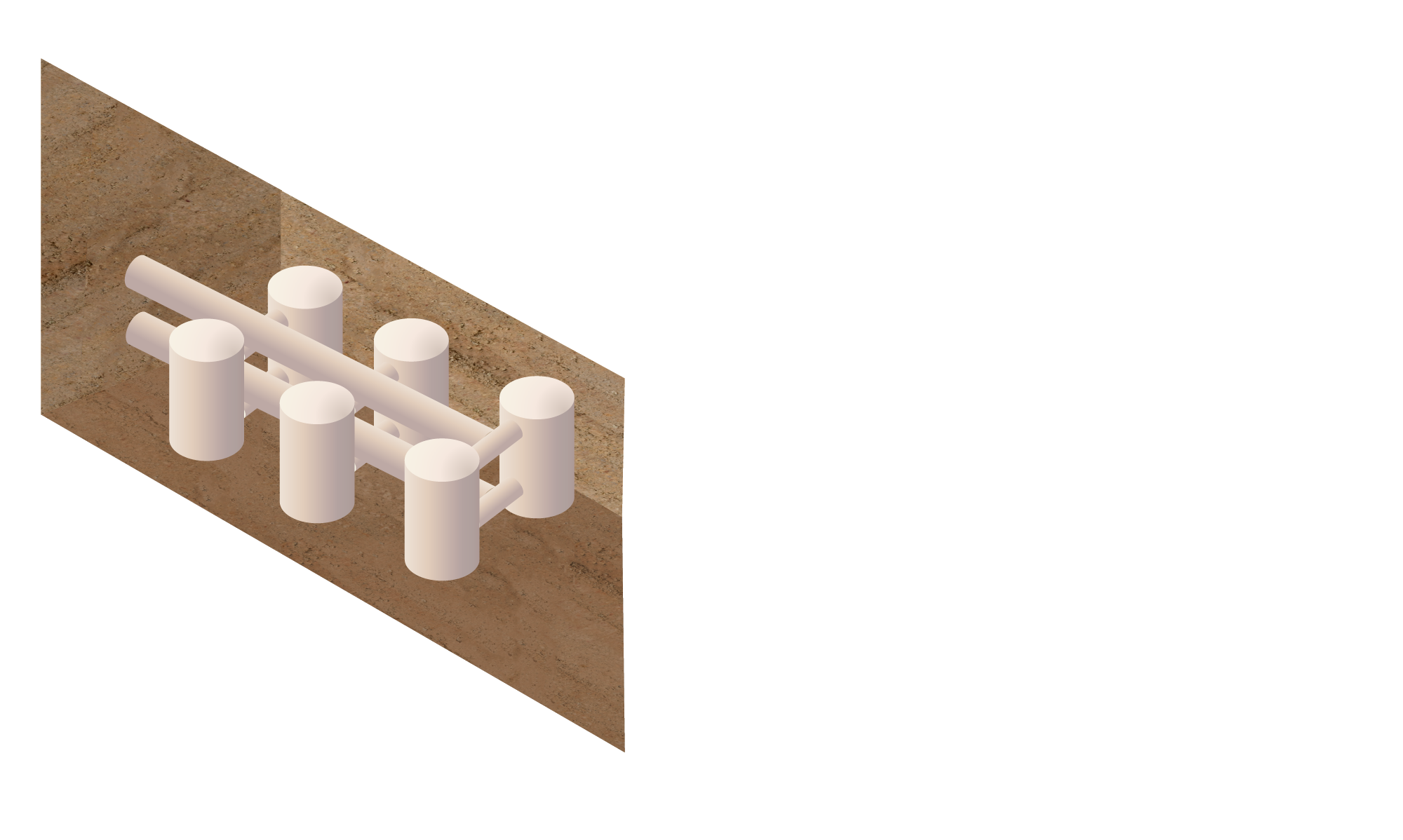
South Korea’s Wolsung near surface and underground silos repository.
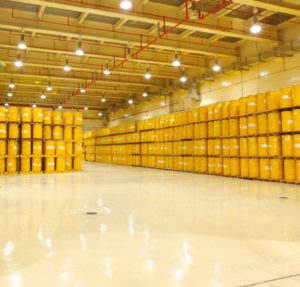
Korea’s Wolsung Low and Intermediate-Level Waste Disposal Center is a near-surface and underground silos repository housing lower grade radioactive wastes including contaminated gloves or equipment. This facility was completed in 2014.
The underground silos can hold 100,000 drums of waste, and the near-surface section will have a capacity of 125,000 waste drums once completed.
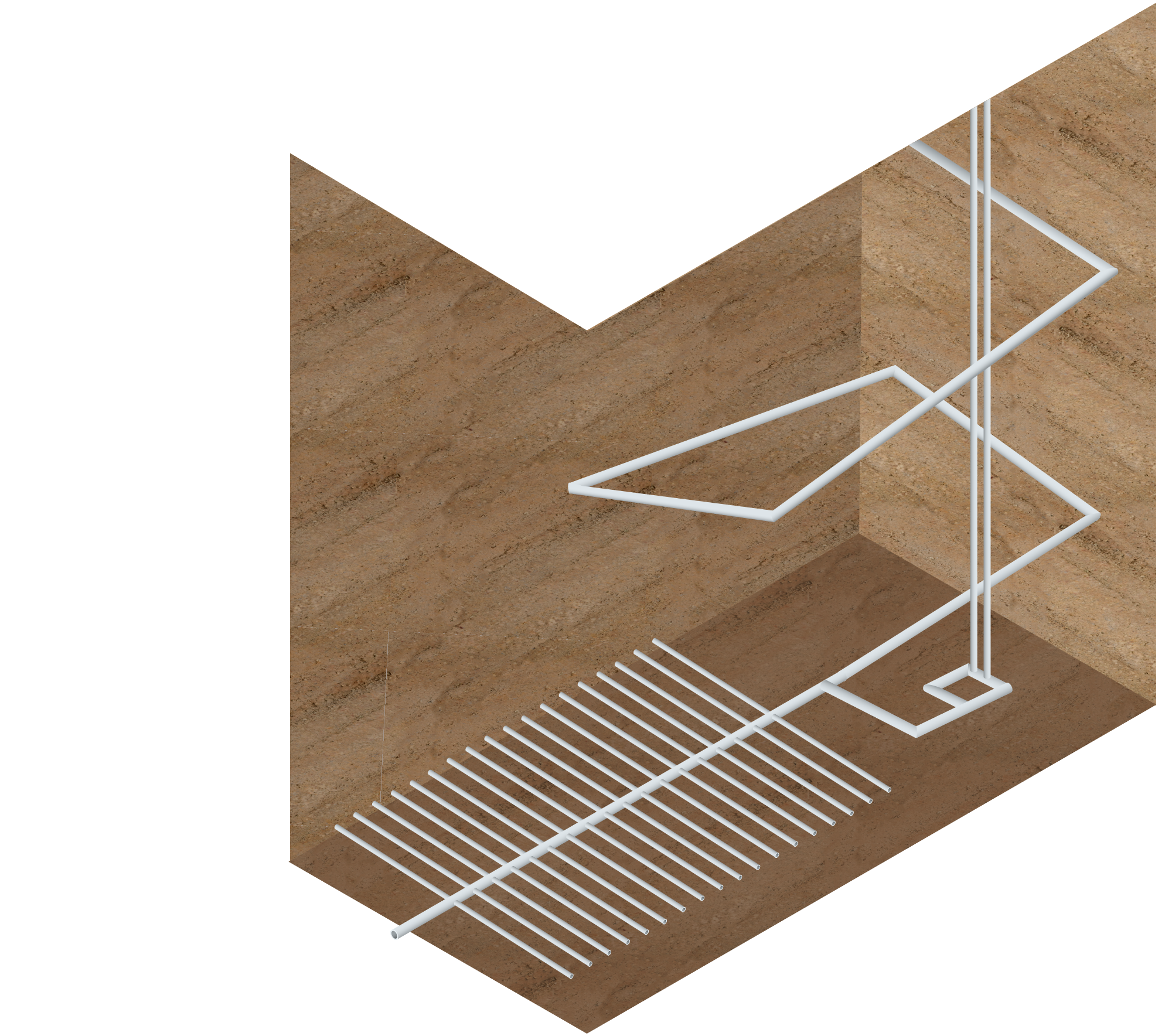
Finland’s Olkiluoto Deep Geological Repository & Underground Research Laboratory
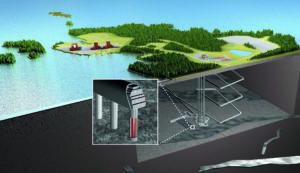
The deep geological repository at Olkiluoto for Finland’s spent fuel will be the world’s first SNF DGR . Construction of the licensed nuclear facility began in 2016 after a 33-year siting and licensing process. The site also houses an Underground Research Laboratory (URL), which has supported DGR development. This URL began construction in 2004 and has helped to confirm the site’s geological suitability for the repository. It will be incorporated into the final disposal facility.
The future DGR is expected to begin accepting SNF in the mid-2020s and will continue operating for 100 years before closure. Other countries, including France, Sweden, and Canada are also advancing towards final disposal of SNF and high-level waste.
More: Geological Repositories and Spent Nuclear Fuel. Learn about countries’ national SNF management plans, and the approaches supporting advancement towards DGRs.
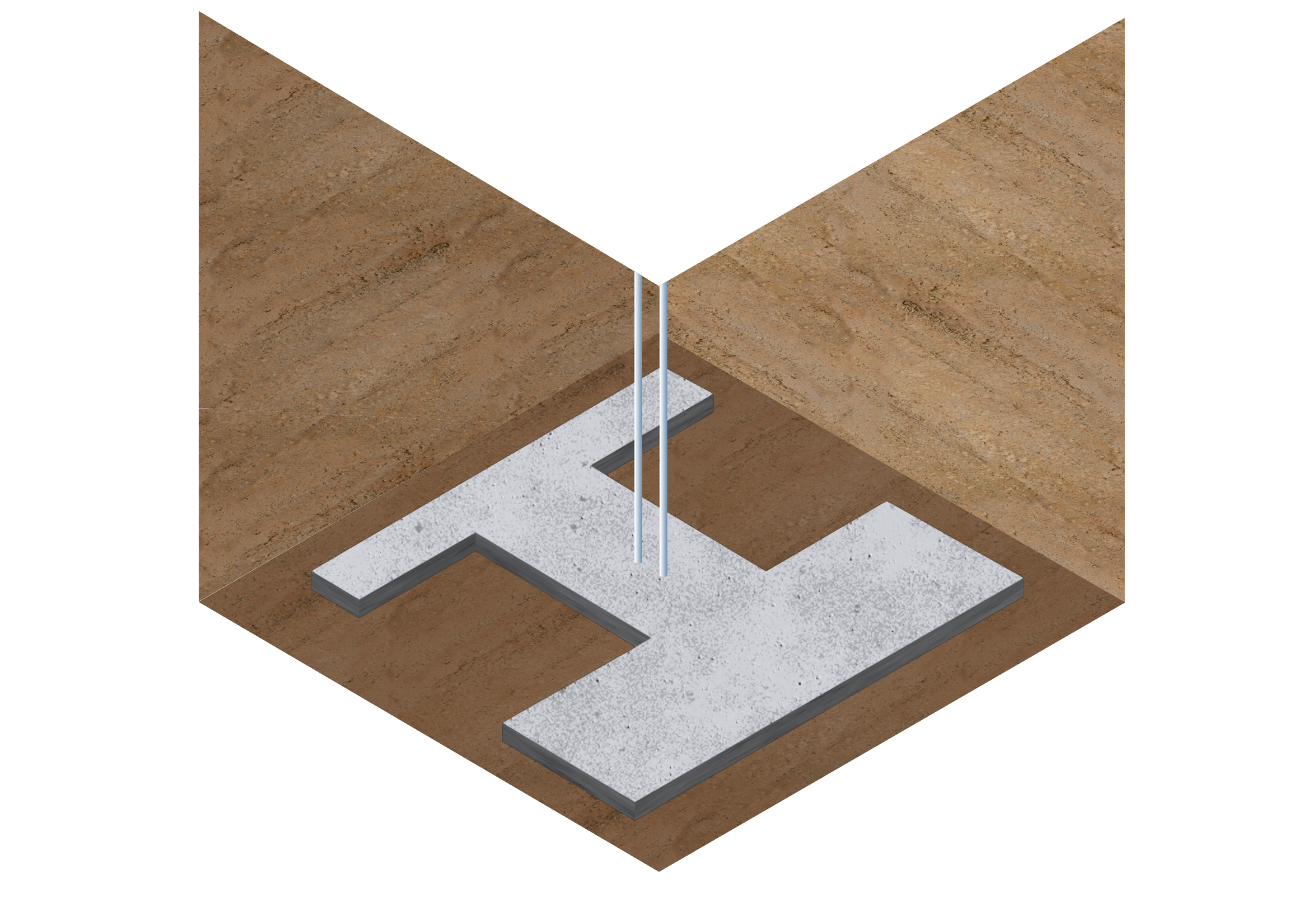
The United State's Waste Isolation Pilot Plant (WIPP)
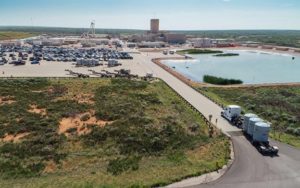
Congress authorized the U.S.’s Waste Isolation Pilot Plant (WIPP) repository for defense-generated transuranic (TRU) nuclear waste in 1979 and it began disposal in 1999. This facility does not contain civil energy waste, nor does it hold spent nuclear fuel. TRU waste consists of rags, tools, soil, and other items contaminated with radioactive elements such as plutonium.
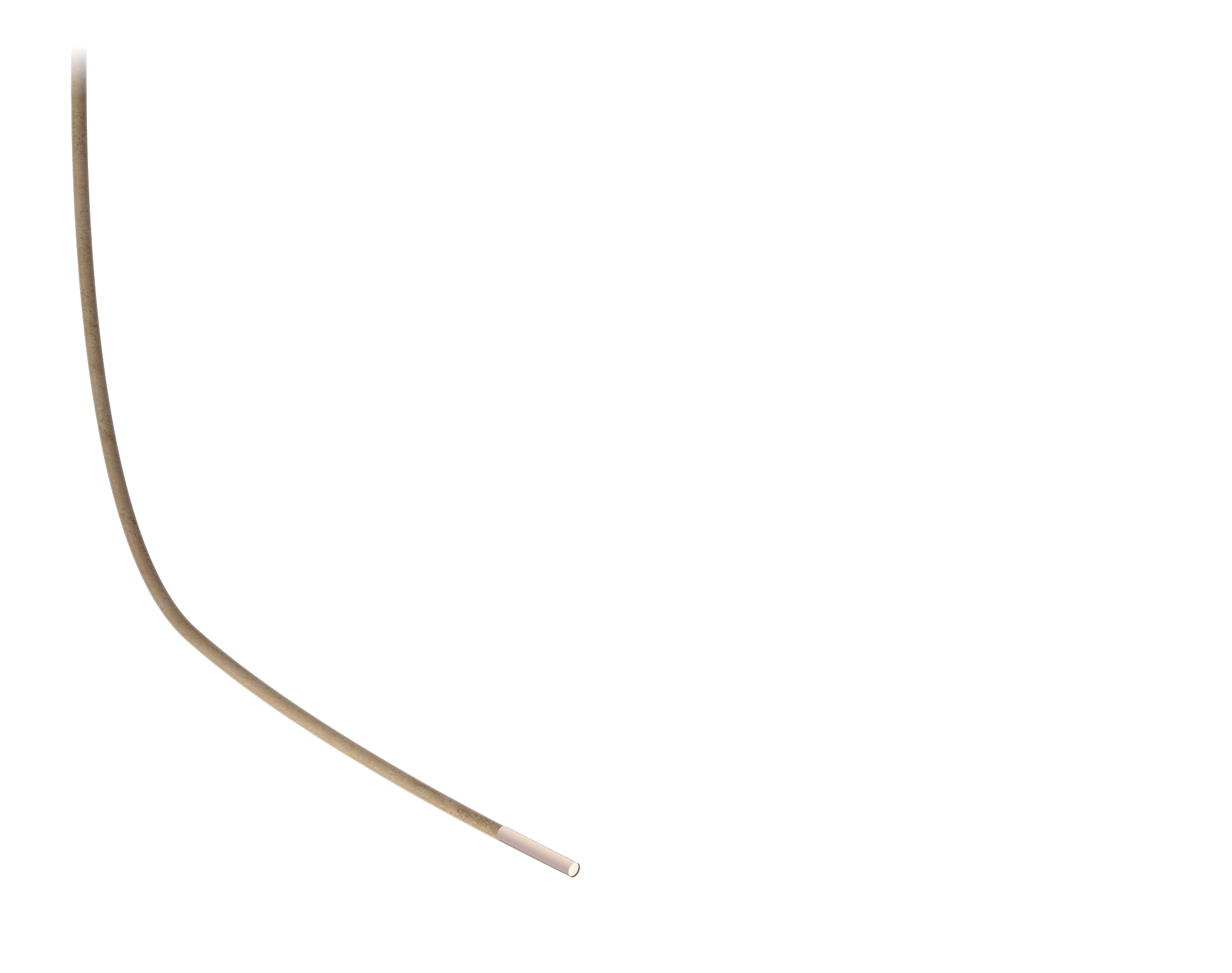
Deep Isolation Borehole
Deep Isolation is studying a novel idea to drill horizontal boreholes to permanently dispose of SNF at much lower depths and at a lower cost than tunneling designs. This drilling technique, informed by past experience in industries such as oil and gas drilling, drills vertically 1-5 km deep before turning horizontal. Spent nuclear fuel and high-level waste canisters disposed may be around 18-inches in diameter but this could vary. The waste canisters are retrievable, and do not require human access. It is envisioned that boreholes could be sited at multiple smaller locations within a country, rather than holding all material within one larger tunneled repository.

Kola Superdeep Borehole
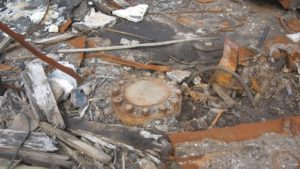
This deepest human-made hole in the world was drilled in the Kola Peninsula in Russia from 1970-1994. The drilling team was forced to stop at the depth of 12,262m due to extremely high temperature. The borehole is more than 20 times the depth of most DGR designs. It is also slightly deeper than if Mount Everest were flipped upside down.
Spent fuel and radioactive waste can be found in many places in – and orbiting around – the world, whether in space, at ground level, or eventually deep underground. Countries with nuclear energy have grappled with how to manage spent fuel since the early days of nuclear power and spent fuel and waste inventories in storage continue to grow. Now, countries are advancing plans for deep geological repositories for spent fuel and high-level radioactive waste. Soon, spent fuel will move underground, beginning a new era of spent fuel and radioactive waste management.
Investigating the resiliency of the international safeguards system, particularly with regard to emerging technologies and facilities
Learn more about the front-end of the fuel cycle: Mining, milling and conversion.